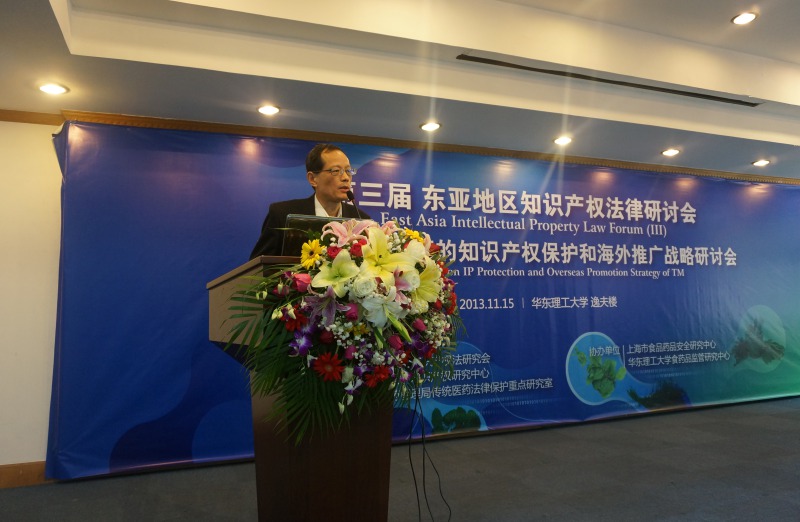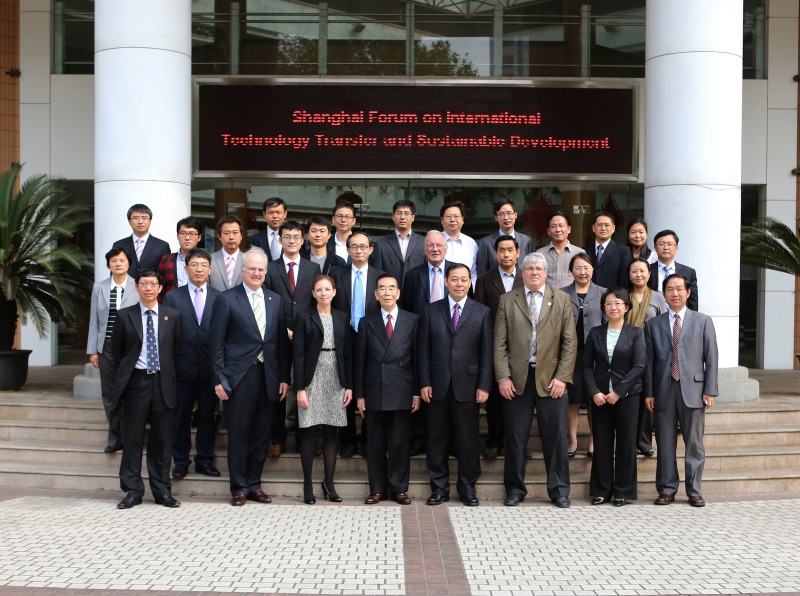Research Reveals the Hematopoietic Stem Cells Developmental Mechanism Regulated by 5-HT
Hematopoietic stem and progenitor cells (HSPCs) is a group of pluripotent stem cells which are able to self-renewal and differentiate varieties of mature blood cells. Based on its ability to rebuild the blood system, hematopoietic stem cell transplantation (HSCT) has been successfully applied for the treatment of hematologic malignant diseases such as leukemia. However, how to induce and amplify enough and functional HSPCs in vitro is the bottleneck of hematologic malignant diseases treatment. Moreover, it is one of the difficulties and hot spots in basic scientific research. Because of the incomplete recognition of regulatory mechanism, the research of HSPCs production and amplification still has so far been unsuccessful. So through model animal to thoroughly and systematically study the generation and amplification process and regulatory mechanism of HSPCs, it would have an important guiding significance for the inducement and amplification of functional HSPCs in vitro.
The research team led by researcher LIU Feng from Institute of Zoology of Chinese Academy of Sciences has verified that the transcription factor Fev (Pet1 of mammal) which took part in the synthesis of 5-HT is the key factor for the HSPCs development of zebra fish and human. (Blood, 2013)The recent study found that FEV only expresses at the origin of leukemia cells ,so it can be used as diagnostic marker for the origin of leukemia. (Leukemia, 2016)Moreover, it has been reported that using 5-HT to dispose the human cord blood HSPCs cultured in vitro can promote its cloning ability, while the mechanism is unknown. In order to deeply investigate the relationship of 5-HT and mammal HSPCs development, the research team found that the HSPCs cloning ability of mouse aorta-gonad-mesonephros region (AGM) disposed by 5-HT enhanced dramatically through colony formation and splenic nodules experiment in vitro. Tryptophan hydroxylase 2 (Tph2) is the limited enzyme of 5-HT synthesis. In the mutant embryos (tph2+/- and pet1-cre;tph2+/fl), the size and number of AGM hematopoietic cluster reduce dramatically and the hematopoietic ability of HSPCs reconstruction recipient mouse reduce at the same time. In order to confirm the origin of 5-HT which control HSPCs, the research found that Pet1, Tph2 and AAAD (important transcription factor and synthetase join in 5-HT synthesis) all express in AGM endothelial cells and mesenchymal cells. Through the further study, it shown that 5-HT in AGM endothelial cells would reduce dramatically and the development of HSPCs would be influenced in mouse embryo whose endothelial cells specificity lack of tph2(vec-cre;tph2+/fl). Thus, 5-HT produced in AGM endothelial cells involve in the regulation of embryonic period HSPCs development.
The RNA-seq and biochemical experiments prove that the decrease of 5-HT in AGM would activate the apoptosis-promoting pathway mediated by AKT-Foxo1. And it would cause the remarkable increase of HSPCs apoptosis in mouse embryonic hematopoietic cluster. This process is mediated by Htr5a which is the receptor of 5-HT. In addition, the researchers accidentally found that although the apoptotic signal dramatically increases in tph2-/- and pet1-cre; tph2fl/fl embryos, the number of AGM hematopoietic cluster is regular. In the embryos which are completely lack of tph2, the Shh-Nkx2.2-Lmx1b-Pet1 access up-regulates because of the negative feedback regulation, and the development of HSPCs in hematopoietic cluster increases because of the activation of ERK signal. And then, it would make the hematopoietic growth defects be recovered in tph2-/- embryos.
The research has first confirmed that 5-HT had direct effects in the development and expression of embryo period HSOCs. This research not only expands and improves the regulatory mechanism of HSPCs in body development process, but also provides a new idea for the inducement and amplification of functional HSPCs in vitro. The research result has been published on Journal Experimental Medicine on Oct28, 2015 as the title “5-hydroxytryptamine synthesized in the aorta-gonad-mesonephros regulates hematopoietic stem and progenitor cell survival”.
Time: 2016-12-30
Source: Institute of Zoology
next:Chinese Scientists Achieve New Progress in Breast Cancer TRNS Research


